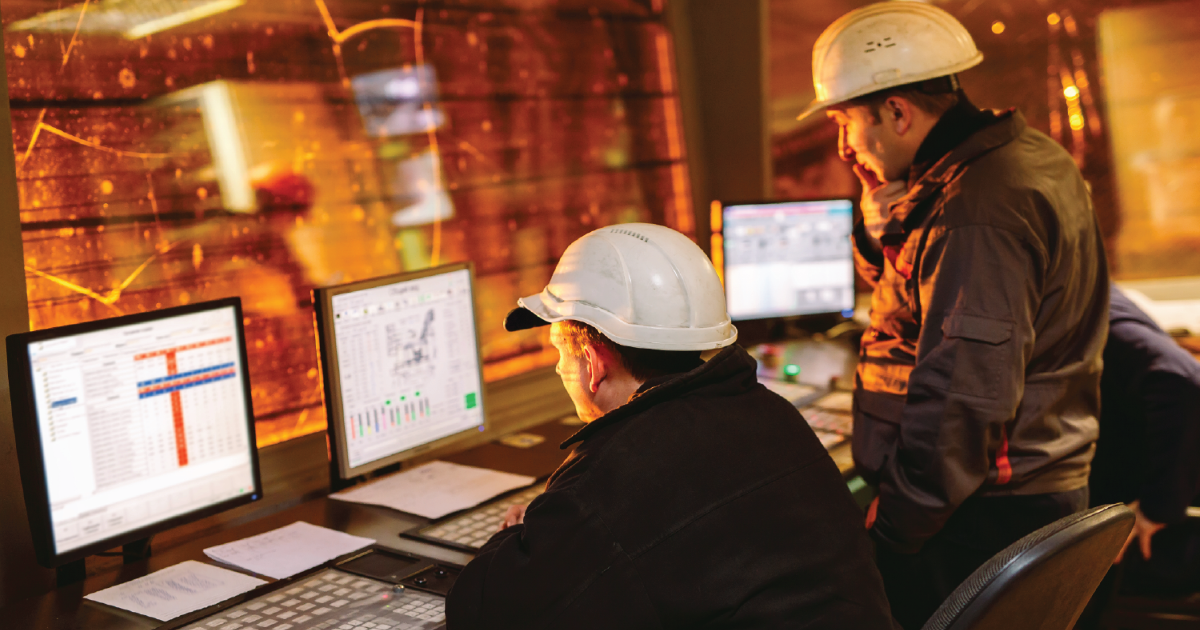The Buzz on Artificial Intelligence in Intelligent Buildings

Looking back over the last ten years, technology hasn’t replaced CRE functions, but the way in which we do them has changed quite dramatically. Looking ahead to what’s coming in the next ten, we’re already seeing the shift towards new innovative solutions leveraging artificial intelligence and machine learning to next-level tackle another CRE need – how to make buildings smarter, safer and more efficient.
Second only to MRO spend, the next highest expense category at 20-30% of controllable spend is utilities, positioning facility and energy management as a very good place to leverage technology to lower costs, increase efficiency and enhance tenant comfort. In a typical 500,000-square-foot building in Manhattan, MRO accounts for $1.5 million in annual spend, with utilities close behind at $1 million.
With tremendous amounts of promise in the Commercial Real Estate space, we expect the years ahead to mark dramatic advances in facility and energy spend management. This evolution, already under way, goes beyond the basics of automating utility bill processing to extracting data from utility bills coupled with near real-time demand data within a building. While these services and technologies are already available, it is the software platforms that have become much more sophisticated. These platforms now allow for benchmarking and visibility into cost trends and opportunities across a portfolio.
While the Internet of Things (IoT) already has the ability to connect much of our building operations into a smarter, more accessible network, we expect the future of intelligent buildings to lean on IoT connectivity, sensors, and other inputs informing aspects of artificial intelligence (AI) such as machine learning, deep learning, and neural networks. But what do those terms really mean? Sometimes they are just buzzwords used interchangeably and the hype far exceeds the substance.
It won’t be that way for long as AI gains traction in the business world, but there’s still room for caution. Investments in PropTech increased from $30 million in 2012 to $7 billion in 2018 and, in general, businesses that label themselves as an AI startup attract 15-50% more in funding rounds than non-AI startups. But of 2,830 startups in Europe claiming to be AI, only 1,580 accurately reflect that description.
- AI – any technique that enables computers to mimic human intelligence to learn from experience
- Machine Learning – a subset of AI that includes statistical techniques to enable a computer to perform a specific task more effectively as more data is received
- Deep Learning – a subset of machine learning generally based on neural networks capable of learning from data that is unstructured or unlabeled
- Neural Networks – informs deep learning by providing a layered approach to processing information and making decisions
At the heart of it, these solutions still rely on inputs and outputs and companies can make sense of it by looking at a hierarchy of needs, as Hacker Noon shares. So you start with the questions: What are you trying to solve? Is it reducing operational expense, increasing tenant comfort, improving building efficiency or all the above? If so, what are the inputs that impact these objectives? And how can I vary the inputs to get a desired output?
The roadmap to truly leverage AI in building system solutions can bridge that gap between pre-determined inputs and outputs toward true artificial thinking and even autonomous building management. Neural networks will take in specific data points like load, HVAC settings, external factors, financial data and energy sources. Then, through a set of hidden layers of decision-making that is based on a system that can learn without any task specific rules, the output layer would manage both comfort and cost. Imagine the future of building systems that can monitor and interpret weather, account for seasonal changes, understand how cloud cover might impact radiant heat, calculate temperature based on how many employees showed up in the office that day, and more – without any finite, specific inputs from a human source.
Don’t mistake the trend, AI in buildings will not replace human intelligence any time soon – it will just help humans do their jobs better while software does the hard work. For the foreseeable future, platforms leveraging AI may help manage specific decisions, but property managers and engineers will keep ultimate control. It also frees them up to spend more time managing tenant satisfaction and running other building operations.
If the last couple years of the innovation boom is any indication, it’s the path we’re heading towards. But what does this mean for your bottom line today? Until the capital costs for some of these solutions come down, it’s tough to get adoption. So, we recommend keeping an eye on the technology of the future, but focus now on opportunities for leveraging today’s technology to manage your portfolios more efficiently while mitigating risk and increasing asset values. Consider an incremental “crawl, walk, run” approach.
Wherever the trends take technology in the future, the benefits of an energy strategy today are real, and leaders will reap the benefits. The buzzwords are interesting, but you can start answering important questions such as the below that affect your operations without waiting for next generation technologies:
- How do I manage energy consumption more effectively?
- How do I increase my close rate while reducing costs?
- How do I streamline facility management?
This Week’s Sponsor
Yardi® develops and supports industry-leading investment, property management and energy management software for all types and sizes of real estate companies. For the energy market, the Yardi Pulse® Suite helps manage costs, consumption and sustainability initiatives. Yardi is based in Santa Barbara, Calif., and serves clients worldwide. For more information on how Yardi is Energized for Tomorrow, visit yardi.com.
Read Next
 4/18/2024
4/18/2024
Best Practices for Managing Lease Renewals When your commercial leases come up for renewal, it’s a great opportunity to assess your real estate portfolio, consider the value of current leases and possibly negotiate better terms.
 4/11/2024
4/11/2024
3 Reasons to Incorporate AI Into Your Talent Retention Strategy Introducing new technology into the workplace is often met with suspicion.
 4/4/2024
4/4/2024
Operational Technology (OT) Data Data has been a cornerstone of business since the early days of computing in the 1960s.
 3/28/2024
3/28/2024
The Tech-Forward Response to Rising CRE Cap Rates is Also People-First Cap rates on commercial real estate have been rising for five consecutive quarters, leading to an estimated 20% drop in value for many property types, according to CBRE’s latest U.S. Real Estate Market Outlook.




.jpg)



%20468x60.gif)

